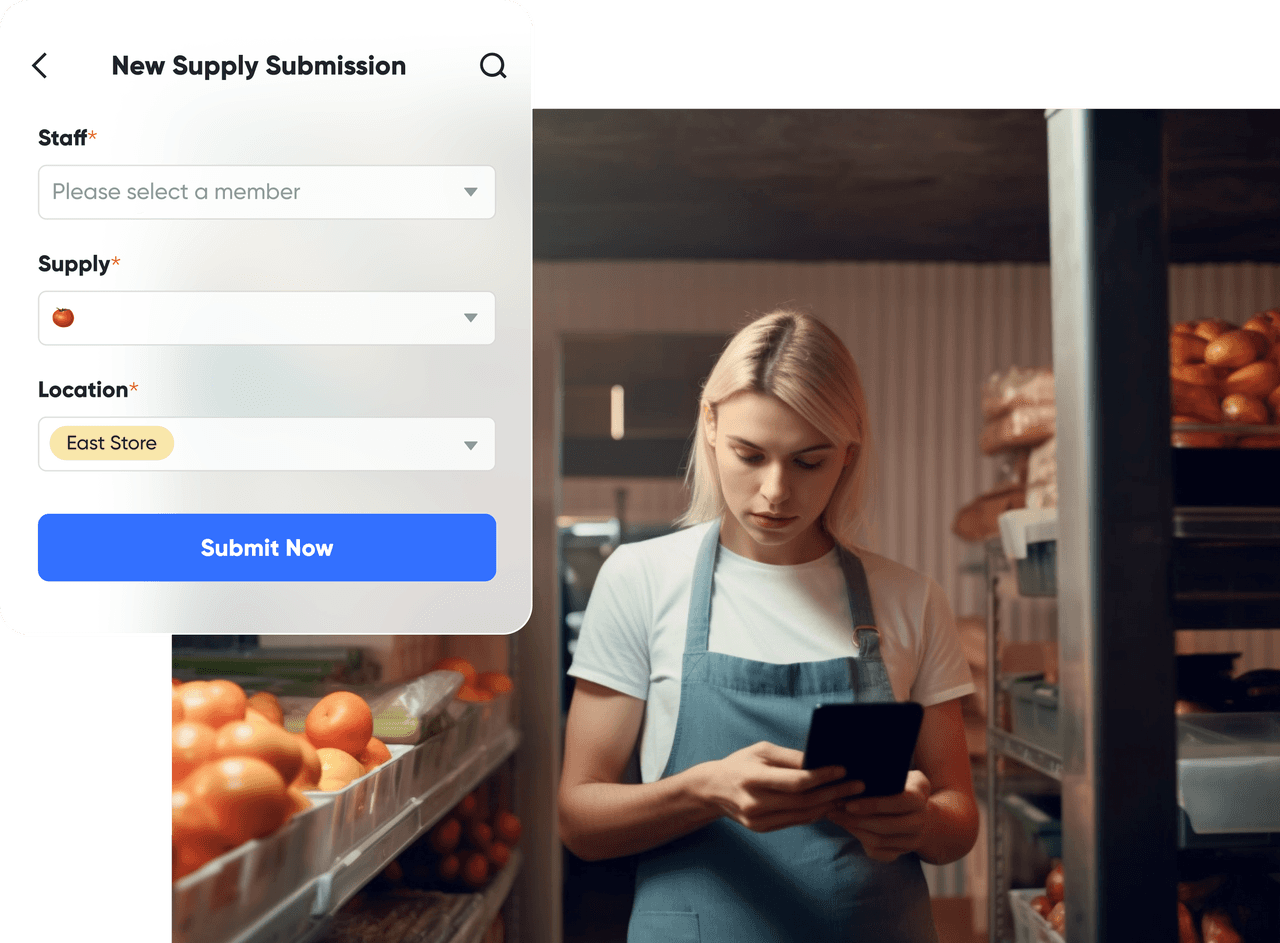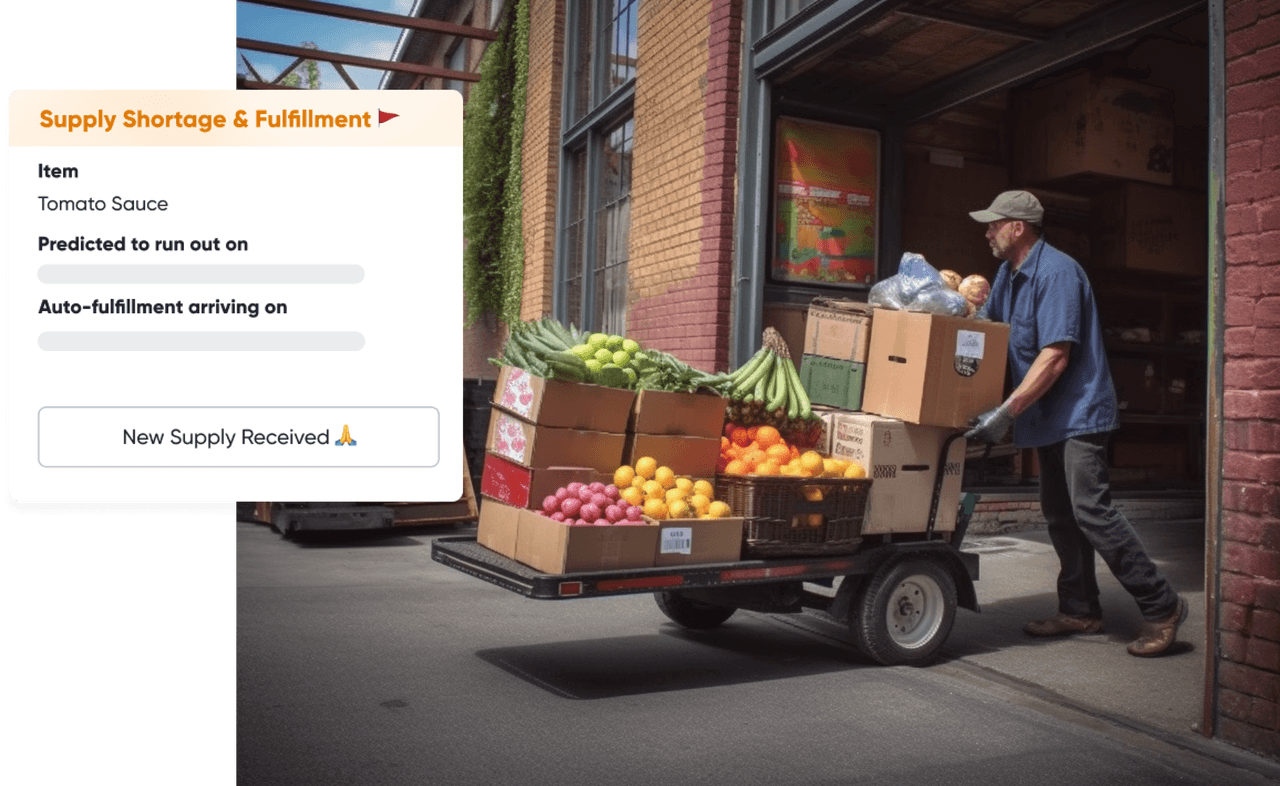Inventory management is an essential part of any business, but especially for those in the food and beverage industry in order to keep their business running stably. With a variety of products to keep track of, from ingredients to finished goods, efficient inventory management is key for keeping costs low and profits high.
Without proper inventory management, restaurants can face additional costs due to overstocking or understocking. According to a study by the National Restaurant Association, an average restaurant spends 17% of its total sales on food and beverage costs. This means that not having effective inventory management systems in place can cost restaurants up to 27% of their total sales.
Why using free inventory management sheet template is a bad idea?
Many restaurants and bars rely on sheets to manage their inventory and start with random inventory sheet templates they find on the internet. While they seem to be convenient and free to use in the beginning, these free inventory sheet templates are not designed with your inventory management needs in mind and might later on create more hurdles than benefits.
Here are three reasons why using Google Sheets or Excel Sheets templates for inventory management can be inefficient, and what we suggest instead, so that you can secure the baseline of daily operations and avoid unnecessary costs.
1. Poor visibility across locations leads to discrepancy
If you have multiple locations or departments that need access to the same information, it can be difficult as changes may be managed on different sheets and not always sync properly between different versions of the same document, which could lead to discrepancies across stores that could cost you money on lost sales or wasted product due to overstocking or understocking issues.
What we recommend: Create a unified inventory system
Instead of confusing your frontline teams with countless versions of Google sheets, we recommend building a consolidated inventory system that is easy for store staff to sync inventory changes in the same place.
Whenever there is new inventory coming to your restaurant, your store staff should be able to quickly enter the change and specify their store location on the phone and provide updates through a form. This inventory entry form, once submitted, will add a line of inventory data automatically to your database.
This way, every location is able to update the inventory changes quickly without toggling between different Google Sheets, and the inventory data is centralized for holistic without copying or pasting multiple sheets.

2. Lack of automation creates more hassle
What might happen: Manual data entry is time-consuming: without automation like barcode scanning and time selection, it's difficult to keep up with the daily demands of managing inventory accurately. In addition, keeping track of expiration dates is essential for food safety compliance but can be difficult when relying on spreadsheets alone. Without automated reminders, it might be too late for your store staff to spot any food defects.
What we recommend: automate where you could
When building out your own inventory management system, you should consider how to make it easy for the team to keep track of inventories on a daily basis, and automate routine tasks as much as possible.
For example, instead of getting your store staff to type in barcodes on a large Google sheet on the phone, you can create a form for inventory entries and use automation to enable your store employees to scan the barcodes directly on their phones. In addition, your inventory system should be connected with your communication tool, so that your employee can receive reminders on inventories nearing expiration date, and check on defects proactively.

3. Limited reporting capabilities
What might happen: With limited reporting capabilities, it can be hard to get a clear picture of your stock levels at any given time. This makes it difficult to plan ahead for future orders or anticipate potential shortages.
What we recommend: look for one-click visualization on top of inventory data management
If you are restaurant owners or supply managers, we can only imagine how hard it might be looking through an inventory sheet template with 1,000+ lines of raw inventory data without a chart of summary.
Instead of relying on an analyst to create the pies and bars every time there is a need to evaluate inventory usage for your restaurant business, we recommend getting an inventory management solution with visualization capability attached. It should be easy enough to use, so that you can generate visualizations, and examine stock levels conveniently.

Conclusion
Using Google Sheets or Excel Sheets for inventory management may seem like a easy-to-start solution, but it comes with its own set of challenges that could cost businesses time and money if not addressed properly. Lack of automation features, limited reporting capabilities, difficulty tracking expiration dates, and poor visibility across multiple locations could add additional work for your store staff and lead to costly mistakes if not addressed properly.
The same amount of time used to set up inventory sheet templates can be used to build a automated, smart inventory management flow that helps you track inventories accurately and restock before the shelf is empty. With Lark, restaurants and bars are able to enjoy automated, effortless inventory management with a system built through simple drag-and-drop.
Interested in learning more about how to use Lark for your restaurant business? Talk to our industry experts today.
Table of Contents
















